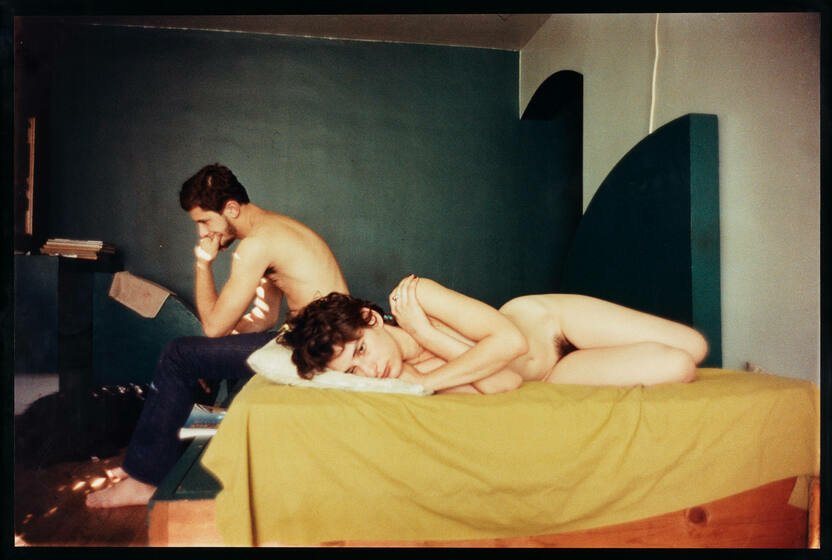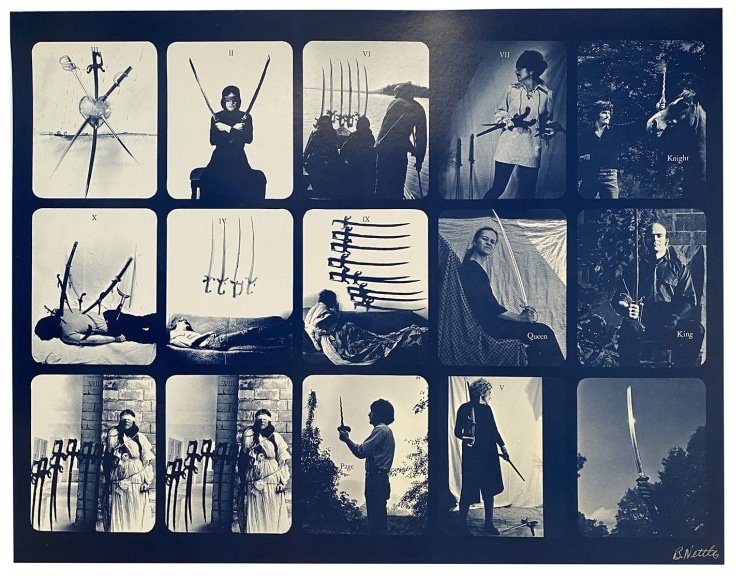4 Photographers Challenging the Violence of Photography
Vilifying photography ignores its potential to create a pathway for freedom, to healing, and towards social change.
“It ceases to be an external experience and becomes a part of the relationship, which is heightened by the camera, not distanced. The camera connects me to the experience and clarifies what is going on between me and the subject.”
Photography uncovers personal experience. It reveals how a person sees the world through a manipulation of light and time; it allows us to grapple with what we cannot ever truly possess.
Susan Sontag writes in her collection of essays, On Photography (1977), that “to take a photograph is to participate in another person's mortality, vulnerability, mutability. precisely by slicing out this moment and freezing it, all photographs testify to time's relentless melt.”
Time is the tool, the paint, the charcoal. However, it is important to note that Sontag’s titular essay was a critique of the photograph. She argues that it is an inherently violent tool used to imprison, to own, to perpetuate the status quo. I recognize that these are aspects of the human experience—to truly experience this world means being in proximity to violence and suffering. Still, Vilifying photography ignores its potential to create a pathway for freedom, to healing, and towards social change.
Reality is made up of perception; our personal perception belongs to us and only us. Some photographers document their world as it plays out, others direct their subjects. Neither use of photography is more authentic than the other, rather its authenticity lies in who is behind the lens. I am driven by tenderness, by awareness, by personal storytelling. The following 4 photographers manipulate time in their work, just as fabric and paint are used by other artists to construct an internal world for external experience.
Nan Goldin
I cannot write on photography’s use as a therapeutic tool without mentioning Nan Goldin. She was my first exposure to “snapshot” photography. I was in my senior year of high school in 2010. Before finding Goldin I was only familiar with veeeery traditional photographers—your Ansel Adams, Man Ray, or Annie Lebovitz. Goldin shot in color, she did not fear long exposure blurs or aimless shots of roads. She presented these in her most well-known book/slideshow, The Ballad of Sexual Dependency. It captured queer subculture, the 1980’s AIDs epidemic, sexual intimacy, and substance abuse. Many of the people she photographed have since passed away from AIDs, overdose, or suicide. Documenting the people in her life helped keep a visual diary, a way to remember drunken nights and lost friends. Goldin said in a 2018 interview that photographing her friends “ceases to be an external experience and becomes a part of the relationship, which is heightened by the camera, not distanced. The camera connects me to the experience and clarifies what is going on between me and the subject.” Photography enhances the intimacy between a subject and one who captures it.
Through her photographs we can see ourselves as she sees us: beautiful, messy, and flawed.







Lorna Simpson
Lorna Simpson is a portrait photographer who depicts the Black experience. Lorna Simpson’s photographic work ranges several different mediums such as photo-collage, found object, and word art. I was first introduced to her by a photographer professor in 2010. It was a series of black and white photographs juxtaposed against sparse, minimal text. From 1985-1988 depict different Black figures with their faces obscured.
The images are intentionally obstructed, obscuring the faces of their subjects so that we can't see them clearly; instead, we see only a shadow of their identity. It points to the painful history of white audiences ignoring Black artists who were relegated to the background. The I cannot even imagine how many Black artists we have lost due to racism, colonialism, and violence. This is an ongoing subject I plan to further explore.
Lorna Simpson reclaims her identity as a Black artist. She states in one interview that "as a young artist, I was interested in exploring my identity and its connection to race. It was important for me to learn more about myself through art.”
How does Sontag’s argument hold up to these words? To paint the entire medium with a broad brush only perpetuates the silencing of Black voices and the Black experience.






Bea Nettles
Bea Nettles is a photographer and artist who has been using alternative processes for several decades, beginning in the late 1960s when she earned her BFA from the University of Florida. Many of her works draw from the tropical settings of Florida. Her first published book of work is entitled Flamingos in the Dark. Nettles experimented with alternative photography processes such as multiple exposures and photogravure. She often used collage to create portraits of herself that looked like they were made up entirely of cut-out pieces from magazines or newspapers.
Photography will always have a component of time to it. Nettles had a large scale retrospective in 2020 entitled Bea Nettles: Harvest of Memory.
The exhibition’s website remarks that “Her imagery evokes metaphors that reference key stages in the lives of women, often with autobiographic undertones, and her key motifs draw upon mythology, family, motherhood, place, landscape, dreams, aging, and the passage of time”






Rinko Kawauchi
Rinko Kawauchi's intimate photographs are characterized by a serene, poetic style, portraying the often-overlooked life. Her work is an imagined reality that challenges how we see the everyday moments. Her work is incredibly important in this age of immediacy. So much so fast so clear so direct. She protests this hurried world through the quiet intimacy of Tokyo, Japan. Tokyo is a gorgeous city. Gorgeous, but fast paced. The fact that Kawauchi can watch things move rapidly while she remains still is admirable.
Here is a short clip of Kawauchi explaining her process:
In the video she explains that “For me, it is important to have nothing at all in my mind when taking photos.”
We need more of this.
Of all the photographers I outline here, her work is currently my favorite. I long for this stillness. I live in a huge city myself; I just so happen to be in a duplex between two houses in the process. I am inspired to take photographs to help quiet my mind. I love her photography so much that I can hardly look at it. I want to scream I feel so much. The tones and feeling are full of thought and thoughtlessness in the same moment. Sophia Coppola could never (I will soon write an article detailing the failures and racism of Coppola’s Lost in Translation).






All images taken from Rinko Kawauchi’s website: http://rinkokawauchi.com/en/
I pushback on Susan Sontag’s assertion. These four photographers exemplify an intimacy that is only shown through photographs.
I went to The School of the Art Institute of Chicago for my BFA back in the early 2010s, and I was met with a lot of pushback when other students heard that my focus was in film photography. The notion at the time was that photography majors were boring rich kids with “daddy’s expensive camera.” That was arguably true for a percentage of the students, but to throw the entire department away is just as asinine to me now as it was then. Like, Hello? It was a conceptual art school. We were taught from day one that the idea behind the work is not only as important, but maybe more important than the medium used to express it.
I would love to hear your opinions. Feel free to email me at emmaarceneaux0@gmail.com
Resources
Hutton, Belle. “A Candid Interview from 1986 with Seminal Photographer Nan Goldin.” AnOther, AnOther Magazine, 7 June 2018, www.anothermag.com/art-photography/10914/a-candid-interview-from-1986-with-seminal-photographer-nan-goldin.
Photographie, L'Œil de la. “George Eastman Museum : Bea Nettles : Harvest of Memory.” The Eye of Photography Magazine, 24 Aug. 2021, loeildelaphotographie.com/en/george-eastman-museum-bea-nettles-harvest-of-memory/.
Sontag, Susan. On Photography. Dell Publ, 1977.
“‘I Want to Explore the Wonder of What It Is to Be a Black American.’” The New York Times, 8 Oct. 2019, www.nytimes.com/interactive/2019/10/08/magazine/black-women-artists-conversation.html.
